What is a PR in fitness? This is a question that many people have, but don’t know how to answer. A PR, or personal record, is the best time or weight that you have ever lifted in a particular exercise. It can be an important goal to strive for because it represents progress and improvement. In this article, we will answer some of the most common questions about PRs in fitness and give you some helpful tips on how to achieve them!
What Is a PR?
A personal record, or PR, is the best time or weight you have ever lifted in a particular exercise. It can be an important goal to strive for because it represents progress and improvement.[2]
There are a few things to keep in mind when trying to achieve a PR:
- Choose the right exercises: Not all exercises are created equal when it comes to PRs. Some exercises, like the bench press, are more conducive to setting PRs than others, like the bicep curl. When choosing exercises to focus on improving your PRs, pick ones that will give you the most bang for your buck.
- Focus on quality over quantity: It’s better to do fewer reps with heavier weights than it is to do more reps with lighter weights. Quality trumps quantity when it comes to PRs.
- Be consistent: Consistency is key when trying to improve your PRs. Make sure you are consistently working out and progressing in your lifts before trying to go for a new PR.
Tips for Getting Your Clients to More PRs
Start with Appropriate Goal Setting
One of the most important things you can do as a coach is to help your clients set appropriate goals.
On the other hand, if their goal is to improve their five-kilometer time by two minutes and they’ve been running for six months, that’s a much more realistic goal.
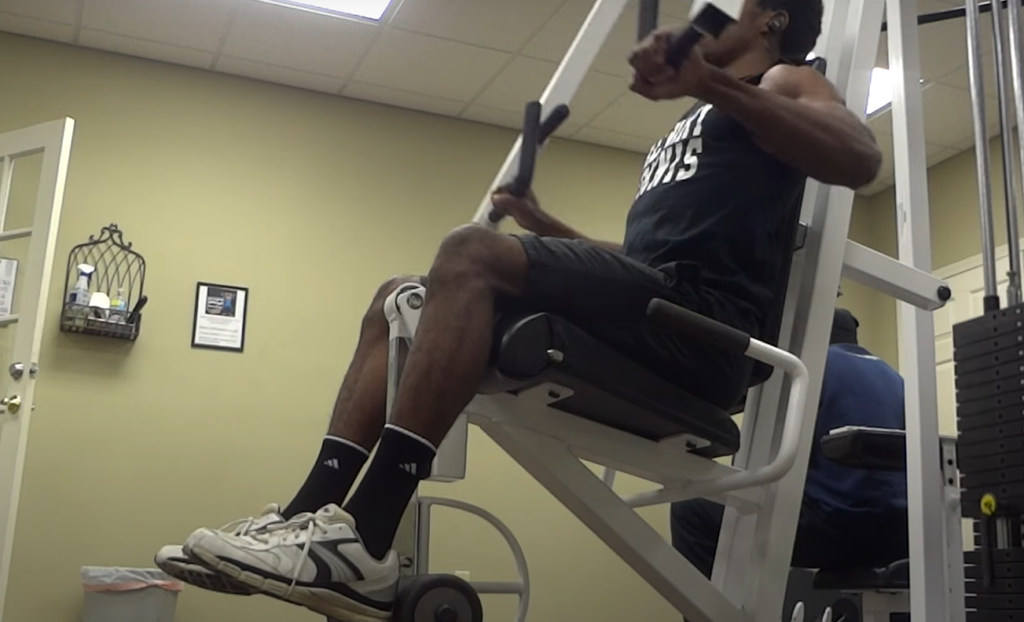
Part of setting appropriate goals is helping your clients understand what a PR is. A PR, or personal record, is simply the best performance that your client has ever achieved in a given lift or exercise.
For example, if your client has never squatted before, their first PR would be the most weight they’ve ever lifted in a squat.
If your client has been running for six months and their best five-kilometer time is 30 minutes, their next PR would be any time that’s faster than 30 minutes.
PRs are important because they give your clients something to strive for. They provide a tangible way to measure progress and see the results of all their hard work.
As a coach, it’s your job to help your clients set PRs that are achievable but challenging. This can be a delicate balance, but it’s one that you should strive for.[3]
Design Workouts with PRs in Mind
A key component of any good workout is specificity. In order to get the most out of your workout, you need to design it with a specific goal in mind. This is where PRs come in.
PRs are an excellent way to measure progress and ensure that your workouts are effective. By setting and achieving PRs, you can guarantee that you’re getting stronger and making progress towards your goals.
However, designing a workout around PRs can be tricky. Here are a few tips to help you get started:
- First, identify your goals. What are you trying to achieve with this workout? Are you looking to build strength, improve endurance, or increase speed? Once you know what your goal is, you can design a workout that will help you achieve it.
- Next, identify your current PRs. What are the weights or speeds that you’re currently able to lift or run? Knowing your starting point is crucial in designing an effective workout.
- Finally, design your workout around these PRs. Choose exercises and weights that will challenge you and help you reach your goals. Remember to focus on quality over quantity; it’s better to do fewer reps with heavier weights than it is to do more reps with lighter weights.
Attempt to Hit a New PR Often
One of the most important things you can do if you want to improve your fitness is to attempt to hit a new PR often. This doesn’t mean that you should try to max out every workout, but it does mean that you should regularly push yourself outside of your comfort zone.
When you attempt a new PR, it forces your body to adapt and become stronger. Over time, this will lead to significant improvements in your overall fitness level. Additionally, hitting new PRs is just plain fun and can give you a major confidence boost!
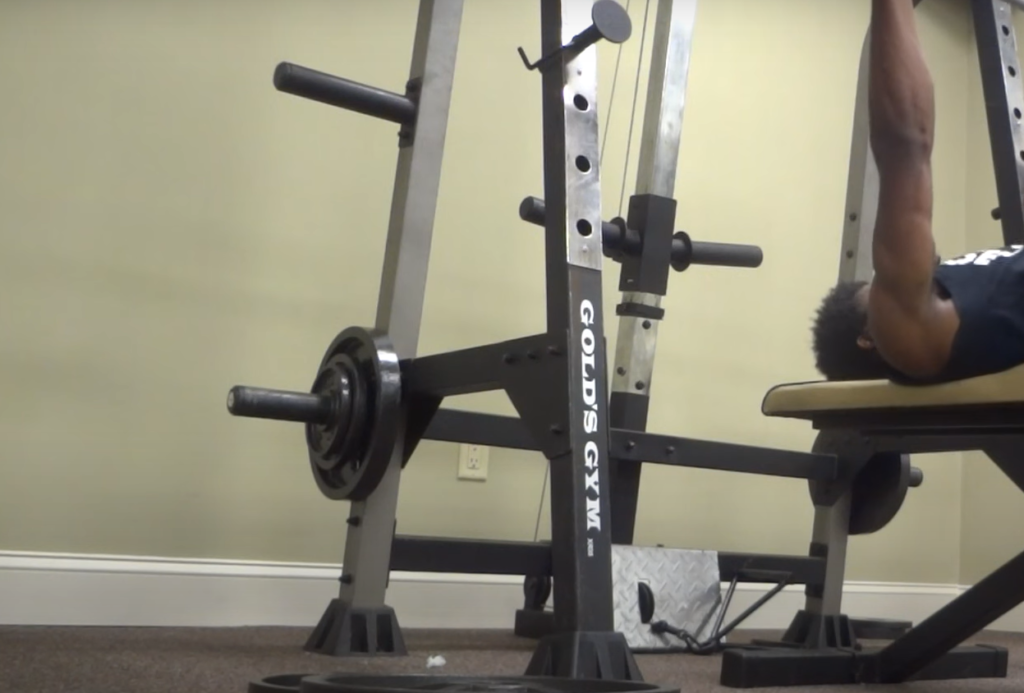
So don’t be afraid to go for that next big lift or run faster than you ever have before. Just make sure that you’re using good form and staying safe in the process.
Push Training – Get Your Client in the Gym
If you’re looking to get your client in the gym and improve their fitness, then push training is a great option. Push training involves exercises that work the muscles in the front of the body, such as the chest and shoulders. This type of training can help to improve strength and endurance, as well as reduce the risk of injuries.
There are a few things to keep in mind when push training your client. First, make sure that they warm up properly before starting their workout. Second, choose exercises that are appropriate for their level of fitness. And finally, make sure to monitor their form throughout the workout to ensure they are performing the exercises correctly.[3]
Keep Records
You can use a notebook, an app on your phone, or even a Google doc to keep track of your workouts. This way, you can see your progress over time and spot any patterns that might be helpful (or harmful) to your training. Plus, it’s just really satisfying to look back and see how far you’ve come!
Some things you might want to include in your workout records are:
- The date
- The type of workout (cardio, strength training, etc.)
- How long the workout lasted
- Any PRs achieved during the session
- How you felt afterwards (energetic, sore, etc.)
Prepare for the Attempt
Before you go for a new one-rep max, or any other type of PR, it’s important to properly prepare both mentally and physically.
That means getting enough sleep the night before and eating the right foods to fuel your body. It also means having a clear plan for your warm-up sets and approach to the actual lift. And lastly, it means being in the right mindset—believing in yourself and knowing that you can accomplish this goal.
All of these factors will help set you up for success when going for a PR. So take some time to think about each of them before your next attempt.[3]
Coach through the Failures
“If you’re not failing, you’re not working hard enough.” This is a mindset that a lot of people have adopted in recent years, and it’s one that I personally subscribe to.
We believe that in order to achieve success, you have to be willing to fail. A lot. And we don’t mean to fail like “oh, I didn’t hit my goal today.” We mean real, honest-to-goodness failures. The kind where you feel like you want to give up and quit because it’s just too hard.
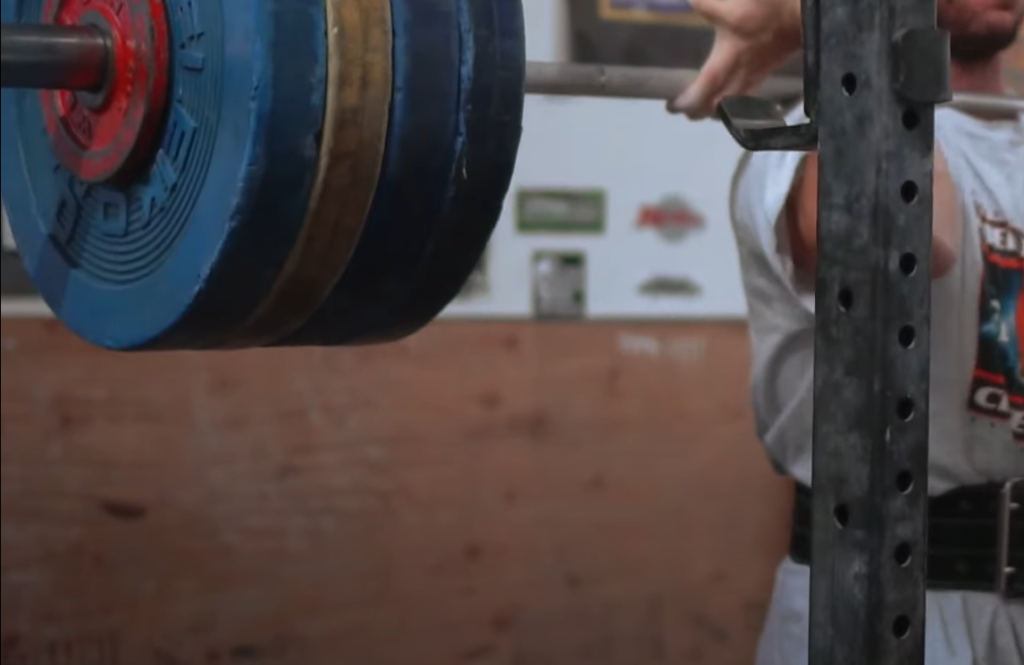
Those are the failures that teach us the most about ourselves and our capabilities. They show us what we’re made of and how badly we want something.[3]
Why It’s Important To Hit New PRs?
There are a few key reasons as to why it’s important to hit new PRs, or personal records, in fitness.
For one, it can serve as great motivation. Hitting a new PR is always a great feeling, and that feeling can help push you to stick with your workout routine and see even more results.
It can also help show you just how far you’ve come. When you look back at old workouts and compare them to your current ones, you may be surprised at just how much stronger and faster you are now. This is all thanks to hitting those PRs!
Finally, hitting new PRs can help break through any plateaus you may have been experiencing.
So, as you can see, there are plenty of reasons to strive for new PRs in your fitness journey. Now let’s take a look at some tips on how you can hit those PRs.[1]
Gym PR Vs Competition PR
The main difference between the two is that Gym PRs are done in a gym setting with no pressure or competition, while Competition PRs are done in an actual competition with other athletes.
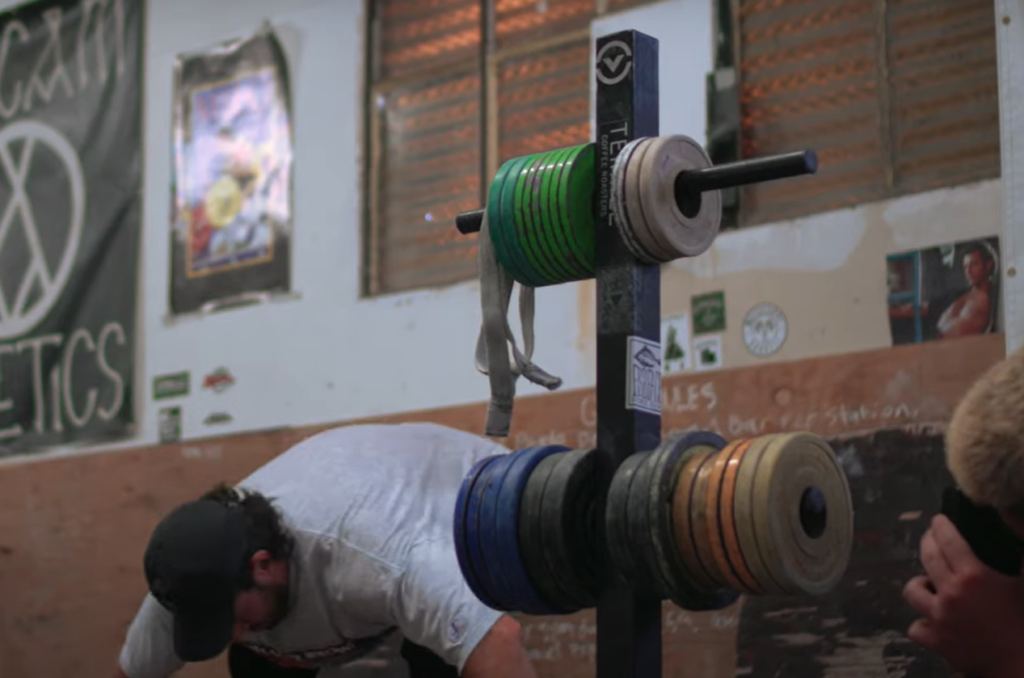
Here are some tips on how to approach each type of PR:
- When doing a Gym PR, make sure you warm up properly and gradually increase the weight or intensity so your body is ready for it.
- For Competition PRs, try to stay calm and focus on your own performance rather than what everyone else is doing.
- Remember that PR stands for personal record, so as long as you’re beating your previous best, you’re doing great!
Tips to Set New Personal Records
There are a few things you can do to increase your chances of setting new personal records:
- Get enough sleep and rest: You need to be well-rested in order to perform your best. Make sure you get enough sleep the night before an event or workout.
- Eat a healthy diet: Eating healthy foods will give you the energy you need to push yourself during a workout. Avoid processed foods and sugary drinks, and focus on eating whole foods like fruits, vegetables, and lean proteins.
- Stay hydrated: Drinking plenty of water is important for both your overall health and your athletic performance. Be sure to drink plenty of fluids both before and after exercise.
- Warm up properly: A good warm-up will help prepare your body for exercise and can help prevent injury. Be sure to do a dynamic warm-up that includes exercises like jumping jacks, lunges, and arm circles.
- Focus on your form: Proper form is essential for both safety and efficiency. Make sure you’re using the correct technique for each exercise, and focus on maintaining good form throughout your workout.
- Push yourself: In order to see results, you need to challenge yourself. Push yourself outside of your comfort zone and strive to improve each time you work out.[3]
FAQ
Is a 1 rep max a PR?
A one-rep max, or “one-repetition maximum,” is the most weight you can lift for a single repetition of an exercise.
To find your one-rep max, start by performing a warm-up set with a light weight. Once you’re warmed up, gradually increase the weight until you reach a point where you can only lift the weight once.
Your one-rep max is the heaviest weight you were able to lift for that particular exercise.
Keep in mind that your one-rep max will differ from exercise to exercise. For example, you might be able to squat 200 pounds for one rep, but only be able to bench press 150 pounds for one rep.
Is a PR one rep?
The short answer is no, a PR is not necessarily one rep. A PR can be any weight or time that you personal best. For example, if your goal is to bench press 200 pounds for one rep, but you’ve only ever done 185 pounds for one rep, then hitting that 200-pound mark would be a PR.
Similarly, if you’re trying to improve your mile time and you run a new personal best of six minutes and 30 seconds, that’s also a PR! So, as you can see, there isn’t just one way to achieve a PR – it really all depends on your fitness goals.
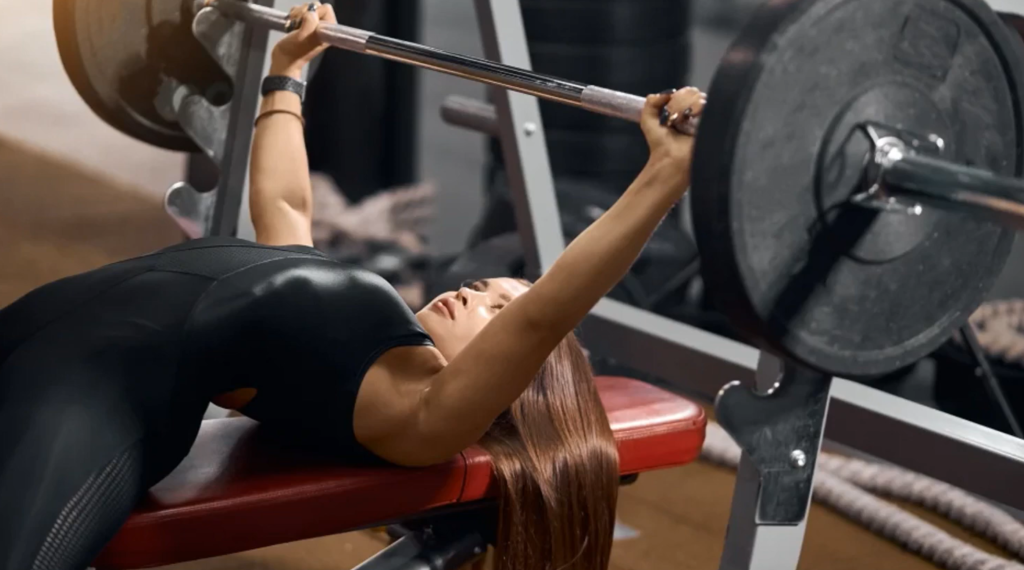
However, there are some general tips that can help you hit a PR more often.
What’s a good PR for a bench?
This is a great question, and one that doesn’t have a definitive answer. It all depends on your individual strength levels and how much weight you’re able to lift.
Here are a few things to keep in mind when trying to determine what a good PR for the bench press is:
- Your bodyweight: The heavier you are, the more weight you’ll be able to lift. So, if you’re a heavyweight lifter, your PR will be higher than someone who’s lighter.
- Your age: As you get older, your strength levels will naturally decline. So, don’t expect to lift as much weight as you could when you were younger.
- How long you’ve been lifting: If you’ve only been lifting for a short period of time, your PR will be lower than someone who’s been lifting for years.
- Your training regimen: If you’re consistently lifting heavy weights and doing bench press workouts, you’ll be able to lift more weight than someone who doesn’t train as frequently or intensely.
How do I hit my PR?
Hitting your PR can be a challenge, but there are a few things you can do to increase your chances of success. First, make sure you’re well rested and have eaten a nutritious meal before your workout. Second, warm up properly by doing some light cardio and dynamic stretching. Third, focus on your form and technique during your lifts. And finally, don’t be afraid to push yourself – sometimes the last few reps are the ones that count the most!
Should you try PR before or after workout?
The answer to this question is that it depends on what type of PR you are aiming for. If you are looking to improve your cardiovascular endurance, then doing a PR before your workout can help you push yourself harder and get better results. However, if you are trying to improve your strength or power, then doing a PR after your workout may be more beneficial. Ultimately, it is up to you and what you feel comfortable with. Just remember to warm up properly before attempting any type of PR so that you do not injure yourself.
How often should you PR in the gym?
There’s no definitive answer to this question since it varies based on each individual’s fitness goals, training schedule, and recovery time. However, as a general rule of thumb, most people should aim to PR in the gym once every four to six weeks. This ensures that you’re constantly challenging your body and making progress without overtraining or putting yourself at risk for injury.
Of course, if you’re just starting out or coming back from a break, you may need to PR more frequently in order to see results. And if you’re an experienced lifter who is regularly hitting personal bests, then you can afford to space out your PRs a bit more.
Useful Video: What Are PR And PB In The Gym? | Gym Slang #1
Conclusion
So, there you have it! Now you know what a PR is in fitness, and how to achieve one. Remember, don’t get discouraged if it takes you a while to hit your first PR. And most importantly, have fun with it! Thanks for reading.
Do you have any questions about PRs that we didn’t cover? Let us know in the comments below. Happy lifting!
References:
- https://liftingbeltarea.com/blog/what-does-pr-mean-in-the-gym/
- https://www.athletesarena.com/2015/10/what-is-a-pr-decoding-crossfit-terminology/#issaonline.com/blog/post/how-to-help-your-client-hit-a-new-pr




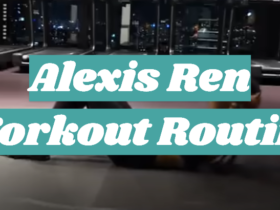
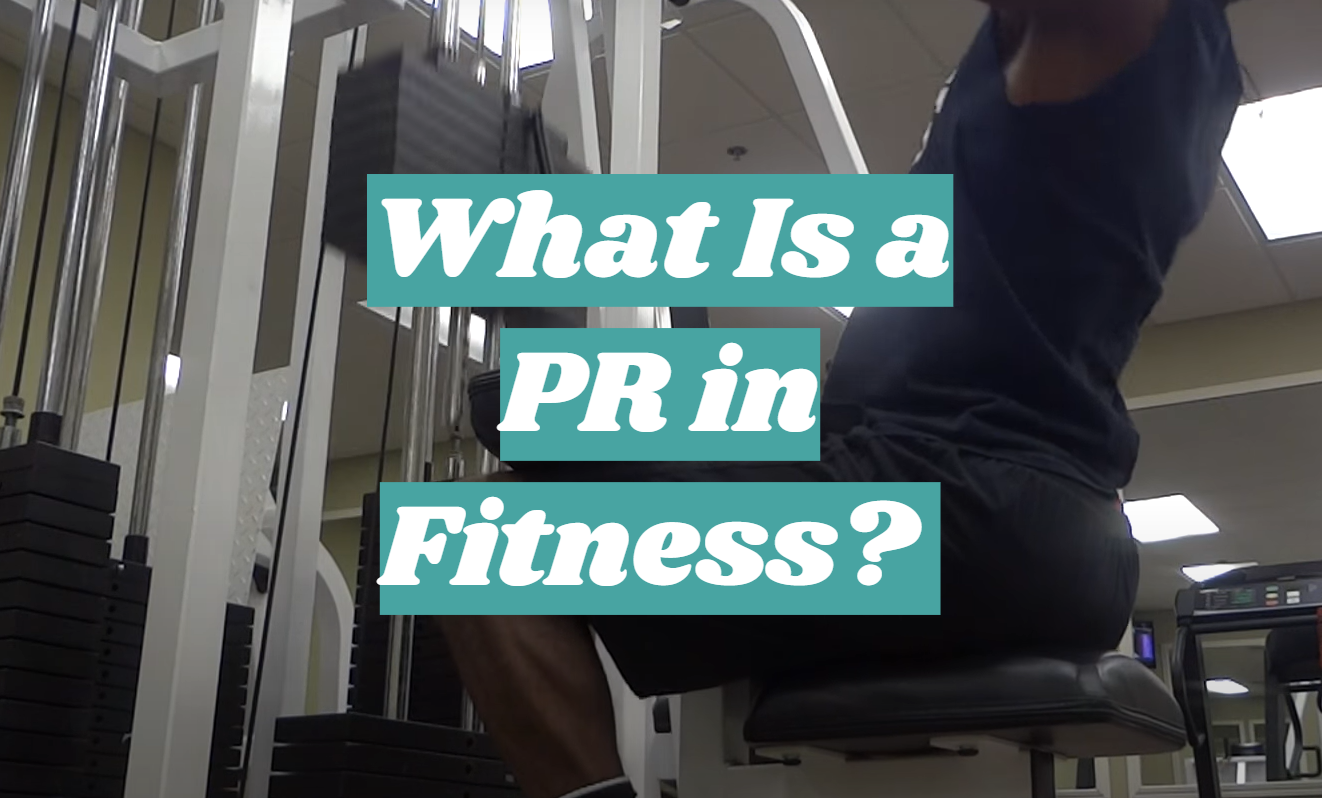




Leave a Review